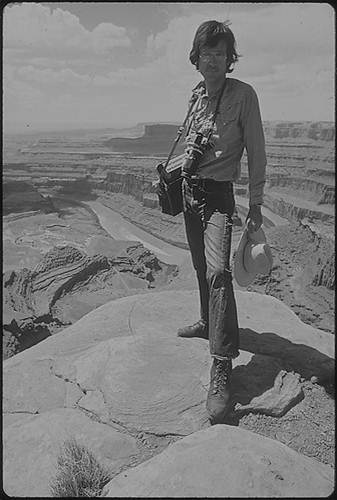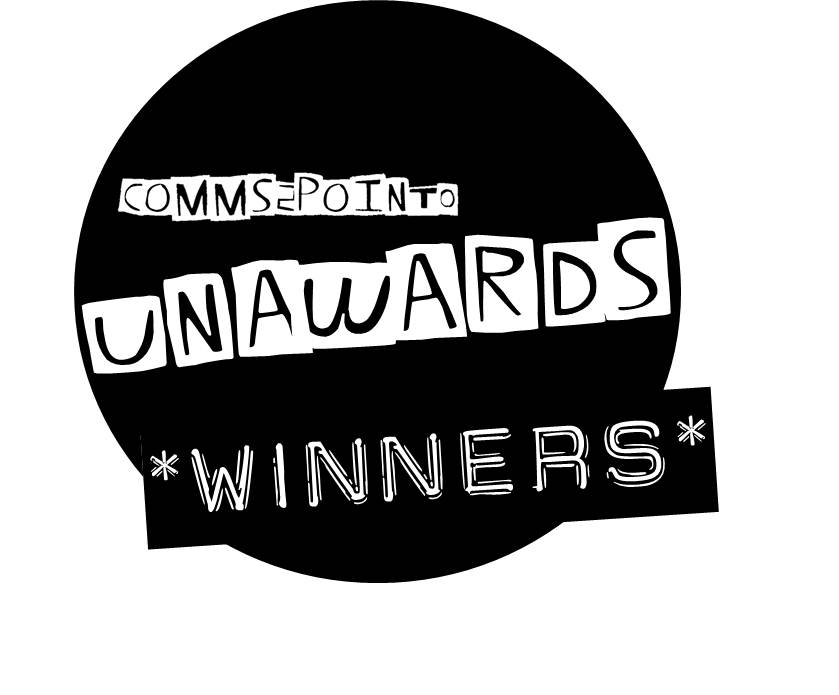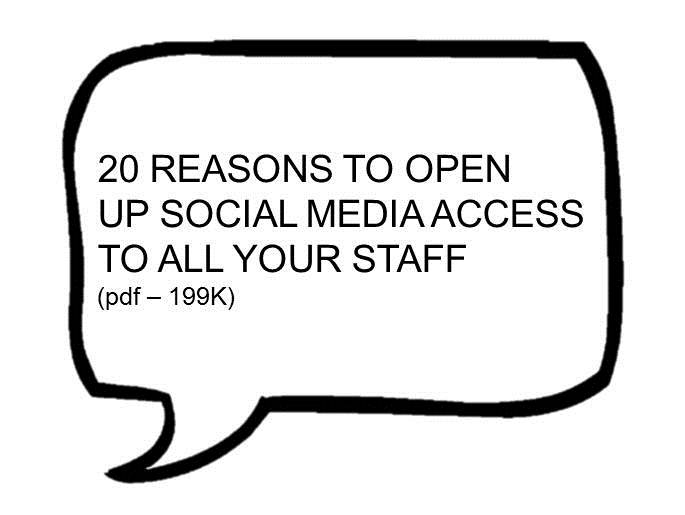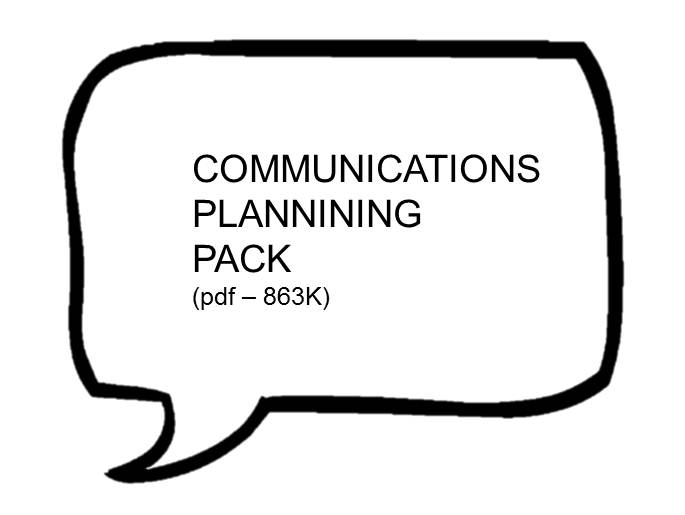 Wednesday, April 18, 2012
Wednesday, April 18, 2012 10 tips to commission a freelance photographer (and five things to avoid)
 by Paul Pickard
by Paul Pickard
Good quality pictures can secure amazing coverage. But let’s face it, all too often the opportunity is wasted even before the photo call takes place.
With a bit of preparation and advance planning you too can end up with good commissioned photography that does the job you want.
After years of being a freelance photographer and as a Press photographer in the West Midlands, London and Staffordshire take it from me, there’s a few things to ask yourself before you talk to a photographer.
Ever wondered why your firing squad-style picture of glum people in high-vis jackets and a cheque isn’t working?
Here’s a few ideas for you to get great pictures that will work for you.
In the era of social media a quick mobile phone pic may work for Twitter and Facebook but think also of the power of good photography.
Changes to the Facebook timeline cover pic has changed the game as far as photography is concerned. That's something to think about when you are commissioning.
Six tips for before the photocall:
1. How should I choose a photographer?
Does the photographer have a track record or evidence of work similar to that you are commissioning? The photographer may well have an amazing portfolio of fashion pictures but if you are actually hoping to make a local public official and a run-of the-mill news release come to life you may need to look beyond a very pretty portfolio, to someone with practical skill in a variety of disciplines of photography.
2. Should I plan ahead?
Think about taking two - or several - bites from one cherry. If you have an event you would like to promote consider a photo opportunity as soon as you have finalised details of the event, this gives you publicity for the event way ahead of the the occasion and gives you further opportunites for press shots at later dates, as well as coverage of the event itself.
3. What do I want to say with the pictures?
Be clear in yourself what you hope to achieve by commissioning photography. Some experienced photographers can anticipate and develop ideas and shots on the hoof but every photographer needs to know what is wanted from the shoot in terms of what idea or development is being promoted and why . Try and choose a location with some potential for the photograph and consider bringing along props that may enhance the potential of the photographs.
Be practical. You should be aware that most shopping centres are privately owned, most railway stations are leased by private companies so all will involve permissions, signing in and out etc and can add unwanted problems and time to any staged event. Presume nothing and your success rate will be high.
4. How should I write a brief?
Prepare a full and comprehensive brief for the photographer and where desirable share it with others involved in the shoot. Let the photographer see the brief as early as possible as he or she may be able to offer up suggestions for the shoot.
It is always good to also prepare a briefer brief ,perhaps a bullet point list of musts to get across to the photographer. Not all photographers read all words but those that do will like to know as much as possible about who, why, where, what, how and when.
Try and avoid long line ups of people and cheque presentations – many newspapers will just bin them.
Try and allow where possible for upright and horizontal pictures to be taken – these differing shapes are useful for editors and website designers.
If the story is about a cash handover try and illustrate with a couple of people and something the money will go toward.
Children and animals are OK and rather than never working with them they can produce amusing images that will push your story toward the front of the newspaper or website.
If you are using the belt and braces method and hoping for the local press to be present at the same time try and remember that their time is extremely limited, more than likely they will arrive slightly late and also already be late for their next shoot. Understand that this is not a snub but simply the way newspapers are run today.
Have a picture set up ready for the photographer so he can shoot it immediately, and have a left to right for him or her written down for when they leave – about three minutes later in most cases. Be aware that some photographers may arrive early as they will also be assigned to shoot another picture somewhere else at the same time as your shoot, so a make do shot is usually still better than no shot at all.
There are fewer and fewer press photographers today and less and less freelancers supplying press pictures. This is simply a matter of economics but it is also an opportunity. See it as a way of influencing the content of your target newspaper, magazine or website with your own product or service with positive influence. Whilst newspaper sales have been sliding for a number of years the hit rate of equivalentant websites is rising therefore your commissioned photograph has more value than before as it is being seen online as well as in print.
5. What do you want to happen to the pictures and when?
If you have prepared a brief for the photographer you should also include your expectations for the pictures. It is considered unfair to expect the photographer to turn around the pictures quickly if he or she has not been briefed accordingly. The photographer may well be going on to another shoot immediately afterwards do if a quick turnaround is need this should be made clear at the commissioning stage.
Most photographers can send pictures by email quickly to the local and national and specialist press. You maybe advised to let each publication know beforehand that photographs will be coming from your shoot. It always best to check the maximum file size the addresses can take and if there are any firewalls in place to prevent delivery such as happens with the NHS.
It is good advice to also ask for a disc of the high resolution images for your storage. If one of the shots is particularly strong it maybe used at a later date for promotion on, say the side of a bus or building so having the larger files can be a very good idea to archive.
6. I've paid for the pics - do I own the rights?
Most professional photographers will retain copyright to their work. This is usual. If a photographer does not do this they cannot display their best work on their websites and you cannot choose the best photographer for your shoot.
What you, as the commissioner of photography will get, is a licence to use . This can be specific and by agreement, or general and cover all the press and PR needs you require. People frequently wrongly think they need copyright to photographs to use them, in fact all they need is a licence to use the images for whatever uses they were commissoned for.
Here’s 10 useful things for the photocall itself...
1. Someone good looking – it really, really helps – even if it’s a pet dog , if that’s not possible a comedian is a good thing to have. Laughter trumps smiles , smiles trumps scowls.
2. Props – colourful, imaginative, unusual, eye catching. Props – that’s what they were invented for.
3. Energy – Vitality. I like to have some movement in some of my shots, it can bring them to life. Even if it’s just a bunch of people walking, running, leaping about. It beats a ‘firing squad’ any day.
4. Available light – That is , light that exists and is available. The best being daylight, diffused, window or other. Second best being bulblight – daylight balanced.
5. Time – Enough time to make the best of a situation, and this includes allowing the subjects enough time to be photographed without any undue constraints on time. Time enough to produce good work, reflect on it, and then go for something extra ordinary.
6. The optimum time for commissioned photography - January and August are traditionally quieter news months so consider commissioning photography to get published during this time of year.
7. Don’t clash - Try not ‘clash’ with national or local events that you know will demand a lot of coverage in the media. Look through the diary and look through last years press cuttings to decide a good time.
8. Be good at listening - Listen to your Photographer, if he says Paper X won’t use a cheque presentation don’t do it except for your own in house publication or website.
9. Early mornings pay off with the Press - An early morning photocall can give you a better opportunity of being published as certain pages of publications have to be edited early for production values and this may help see you printed in more editions.
10. Get a range of pics - Deliver different looking photographs to daily and weekly/monthly publications. A magazine with a longer shelf life will not want to look ‘dated’ by using an image already
published in daily newspaper. Offer and alternative shot that does not resemble the former.
Doh! Here’s a random list of pet hates on photoshoots
It’s not always plain sailing, a yacht, three beautiful people and perfect weather that greets everyfreelance photographer.
Here’s five pet hates that can ruin a picture and stop you getting coverage...
1. Reflective/hi vis jackets – unless the shot really requires these most photographs are ruined by the vile colours, and the corresponding vile colour given to flesh tones.
2. Clutter – Try and ensure the location for the shoot is clean, clear and does not have busy signage or contrasting verticles.
3. Scale – No use having something so small the only way to photograph it is against someones eye – unless of course that is the point.
4. Groups - Pictures with more than 3 people in. Huge groups of hundreds of people can work as a picture of course, but if you are after a striking simple image three is a magic number.
5. Advisers – Let the photographer, in liason with yourself arrange the shot for best effect – do not listen to X, who insists Y must be in the shot because he was on the committee for forty nine years etc etc.
Most of all be creative with your approach to photography. Most photographers are pretty approachable people and don’t mind talking through what you want to achieve.
Paul Pickard is a Midlands-based freelance photographer skilled in public relations, marketing, fashion and wedding photography. You can contact him via his website http://www.paulpickard.com/ or via email: paulpickardfolio@yahoo.co.uk.
 top tips
top tips 














Reader Comments